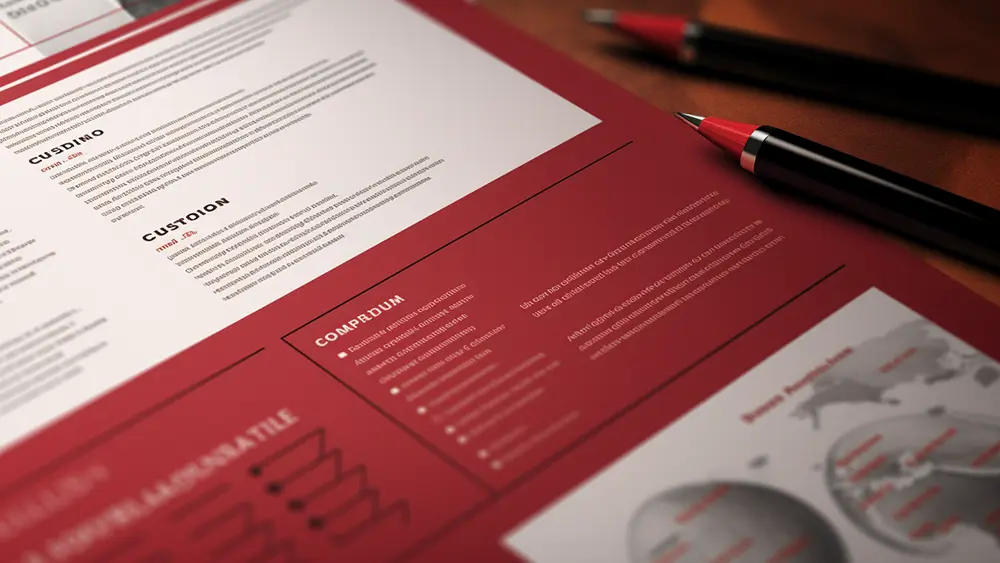
“Everything’s bigger in Texas – including your job opportunities.” Whether you’re chasing your dream job or just trying to snag your first paycheck, applying for work in the Lone Star State doesn’t have to be a headache. Texas is known for its booming industries, from tech to healthcare to the thriving freelance scene. If you’re wondering how to stand out in a sea of candidates, buckle up. Let’s talk about how to navigate the Texas job market, optimize your resume, and even take a stab at freelancing opportunities along the way.
The Texas Job Scene: Why It’s a Hotspot for Career Seekers
First off, let’s acknowledge the elephant in the room: Texas is massive. You’ve got major cities like Austin, Dallas, Houston, and San Antonio, each offering a unique vibe and a plethora of industries. Austin’s your tech hub, Dallas is great for finance, Houston is killing it in healthcare and energy, and San Antonio’s a growing scene for tourism and business services. No matter your skill set, Texas has something for everyone.
Even if you’re new to the job market, or you’re looking to pivot into freelancing, Texas is the place to be. The state’s friendly business climate (hello, no state income tax!) and diversity of industries make it a go-to destination for people looking to start their careers or even switch things up.
Step 1: Get Your Resume Texas-Ready

Before you hit “apply,” let’s make sure your resume is ready to stand out. Whether you’re aiming for full-time employment or diving into freelancing, showcasing the right skills is essential.
Tailor Your Resume for Texas
While every resume needs the basics (education, work history, skills), you’ll want to tweak yours to fit the Texas job market. Texas employers value hard work, but they’re also big on innovation and adaptability. That means you need to highlight a mix of technical and soft skills.
- Skills on Your Resume: Show off both your hard and soft skills. If you’re applying for a tech job in Austin, mention the programming languages you know (Python, JavaScript, etc.) alongside soft skills like teamwork and communication. For healthcare in Houston, you might want to emphasize any patient-facing experience you’ve had, plus skills like empathy and adaptability.
- Keep It Clean and Focused: Texans appreciate directness. Keep your resume straightforward and avoid jargon or fluff. Use bullet points to clearly outline your responsibilities and achievements in past roles. And don’t be shy about quantifying your achievements. Whether you increased sales by 20% or managed a team of 10, let the numbers speak for themselves.
- Customize for Every Job: One size does not fit all. When applying to different roles, tailor your resume to reflect what that specific employer is looking for. Got experience working remotely? That’s a huge plus for employers in today’s world. Freelancers, this applies to you too – customize your resume based on the gig you’re applying for.
Step 2: The Online Job Application Process

Most job applications in Texas, especially in big cities like Dallas or Austin, are done online. You’ll likely be working with platforms like Indeed, LinkedIn, or even industry-specific sites. But applying online doesn’t mean you should send a generic application to every job posting you find. Here’s how to stand out:
- Use Keywords from the Job Posting: Whether you’re applying for a job or freelancing gig, read the job description carefully and sprinkle relevant keywords into your resume and cover letter. Many companies use Applicant Tracking Systems (ATS) to scan resumes, and if yours doesn’t have the right keywords, it might not even be seen by a human.
- Apply Early, Apply Often: Job postings in Texas can get flooded with applicants, especially for roles in popular industries like tech or healthcare. Try to be one of the first to apply. Set up job alerts on platforms like Indeed or LinkedIn to stay ahead of the game.
- Include a Cover Letter: It’s tempting to skip this, but in Texas, where companies value personal connections and authenticity, a cover letter can give you an edge. Use it to show your personality, explain why you’re excited about the role, and emphasize how your skills match what the company is looking for.
Step 3: Networking – It’s Not What You Know, It’s Who You Know

If there’s one thing that’s true across the board in Texas, it’s that people love to help people. Networking is a major key to unlocking job opportunities, whether you’re applying for a full-time position or looking for freelancing gigs.
- Leverage LinkedIn: This isn’t just a platform for corporate types. It’s a networking goldmine, especially in Texas. Follow companies you’re interested in, connect with people in your industry, and don’t be afraid to send polite, thoughtful messages to potential employers or collaborators.
- Join Local Groups: Texas cities have vibrant business communities, and you can find groups for almost any industry. Whether it’s a tech meet-up in Austin or a small business workshop in Dallas, getting involved in local events (even virtually) is a great way to make connections.
- Freelancers, This Means You Too: Want to start freelancing? Start by networking. Join Texas-based freelancing groups on Facebook, Reddit, or LinkedIn. Attend virtual seminars or workshops. Getting to know people in your industry will help you land your first few gigs, which can snowball into more consistent work.
Step 4: Freelancing Opportunities in Texas
Now, if you’re more interested in the freelance life (or just want to start freelancing on the side), Texas is prime territory for independent work. Freelancers are thriving here, especially in tech, design, writing, and marketing. Plus, freelancing gives you the freedom to work on your own terms – ideal for students or people looking to test the waters in a new industry.
How to Start Freelancing
The key to freelancing is building a portfolio that showcases your skills, even if you’re just starting out. Here’s how to get started:
- Pick Your Niche: Whether you’re a graphic designer, web developer, or copywriter, picking a niche helps you stand out in a crowded market. Texas is home to industries like tech, energy, healthcare, and entertainment, so finding a niche within one of these sectors can open up tons of freelancing opportunities.
- Use Freelance Platforms: Websites like Upwork, Fiverr, and Freelancer are popular places to find remote freelance gigs. Set up a strong profile that showcases your skills and any previous work, even if it’s personal projects or work you did for school. Freelancers based in Texas can often charge competitive rates, especially for industries like tech and marketing.
- Build Your Portfolio: Clients in Texas (and everywhere else) want to see what you can do before they hire you. If you’re just getting started, take on a few small projects, even if they’re for friends or non-profits, to build a portfolio. Once you have a few solid pieces of work to show, you’ll find it much easier to land paying clients.
Step 5: Ace the Interview
So you’ve got your resume polished, you’ve applied for jobs or freelancing gigs, and now it’s time for the interview. Here’s where you can really shine:
- Do Your Research: Whether you’re interviewing for a traditional job or a freelance gig, know the company inside and out. Texas employers value candidates who’ve done their homework and can talk specifically about why they want to work there.
- Highlight Your Skills: During the interview, focus on how your skills align with the company’s needs. Remember to include examples from your past experience that show you can handle the tasks they’re hiring for. If you’ve done freelance work, mention it as a way to highlight your adaptability and initiative.
Leave a Reply